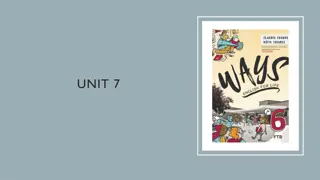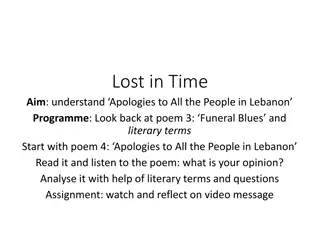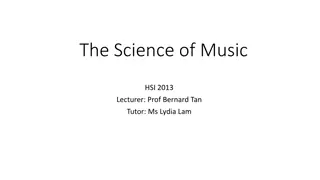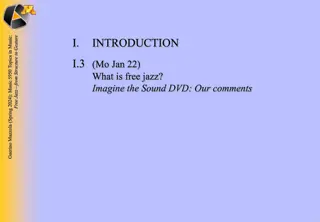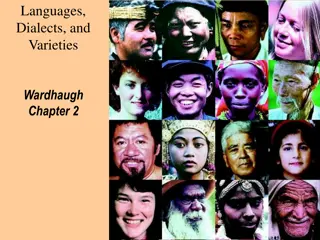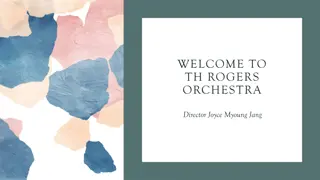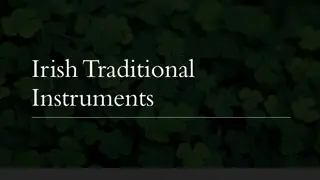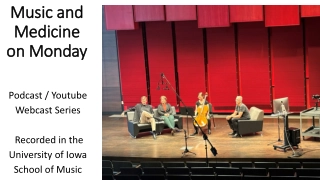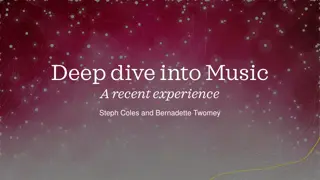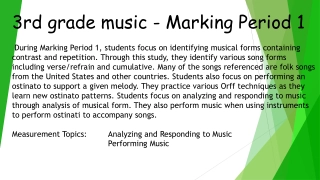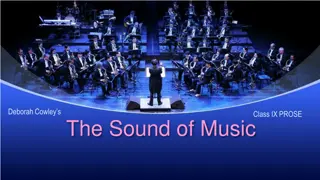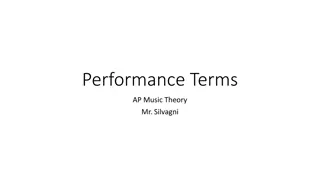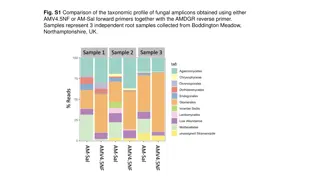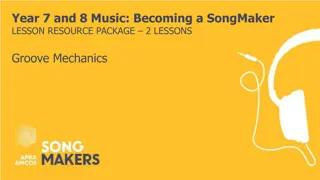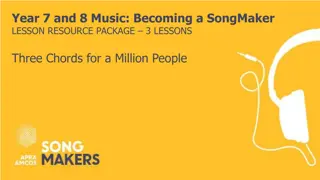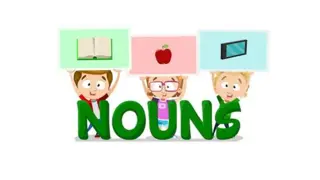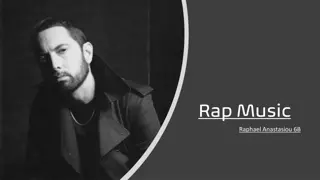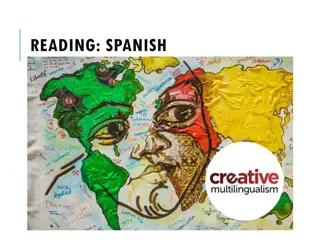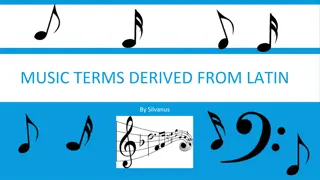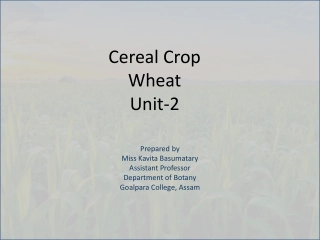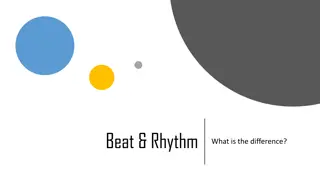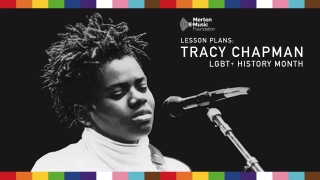Exploring the Rich History and Varieties of Blues Music
Delve into the emotive world of blues music, tracing its origins from the Mississippi Delta in the late 1800s to its evolution across the United States. Discover the powerful storytelling within blues songs, the unique styles like Mississippi Delta and Texas Blues, and the artists who crafted this genre. Uncover the essence of the blues through its historical roots and cultural significance, offering a glimpse into the raw emotions and experiences that shape this profound musical tradition.
Download Presentation

Please find below an Image/Link to download the presentation.
The content on the website is provided AS IS for your information and personal use only. It may not be sold, licensed, or shared on other websites without obtaining consent from the author. Download presentation by click this link. If you encounter any issues during the download, it is possible that the publisher has removed the file from their server.
E N D
Presentation Transcript
The blues Supplemental Lesson | Grades 7-12
BRAINSTORM Think of times when you felt sad, heartbroken, disappointed, or treated unfairly. In your journal, list as many of these experiences as you can. Select one of these experiences and write a detailed account of it. Describe what happened, the way you felt, the way you dealt with it, and any other details relating to the experience.
DISCUSS What is the blues? Who writes blues songs? Why do people like blues songs? Are you familiar with any blues artists? What makes the blues different from other music genres or styles of music?
Blues History Blues songs often tell stories of misfortune, regret, and overcoming bad luck. Roots in African American history. In the 1800s, enslaved individuals would collectively sing work songs . A song leader would sing a short improvised melody (call), and the workers would answer with a single repeated melody (response). Enslaved people also sang hollers , which sounded a lot like work songs, but were sang alone, rather than as a group.
BLUES ACROSS THE UNITED STATES The origins of blues music can be traced to the Mississippi Delta during the late 1800s and early 1900s. From there, it spread to other areas of the country, where the sound evolved due to musicians adding musical elements popular in their regions. Chicago St. Louis Memphis Mississippi Delta Texas
MISSISSIPPI DELTA BLUES Considered the oldest style of blues, originating in the late 1800s and early 1900s. Singers typically accompanied themselves on guitar, playing a basic repeated musical pattern known as 12-bar blues . Lyrics typically used an AAB line pattern. Lyrics often about failed relationships, life on the road, and other emotional topics. Music venues were train stations, street corners, barns, and other informal locations.
Mississippi Delta Blues Pony Blues by Charley Patton (apx.1891-1934) Recorded in 1929 Write a key word or draw a picture that best describes this blues style on the Blues Styles Across the United States Worksheet
Texas Blues Combined Delta Blues style (i.e., AAB line pattern and 12-bar blues) with their own folk and spiritual tunes Singers found a way to accompany long, free form, holler-like melodies with freely strummed guitar chords. Added musical elements from around the world including Latin rhythms and polkas
Texas Blues Match Box Blues by Blind Lemon Jefferson (1893-1929) Recorded in 1927 Write a key word or draw a picture that best describes this blues style on the worksheet.
Memphis Blues Duo artists developed a distinct musical sound where one guitar played high treble chords and melodies while the other played low bass lines a sound still present today. Musicians performed at house parties, corner saloons, traveling tent shows, or in jazz bands.
Memphis Blues Beale Town Bound by the Beale Street Sheiks, a duo consisting of Frank Stokes (apx.1877- 1955) and Dan Sane (apx.1896-1956) Recorded 1927-1929 Write a key word or draw a picture that best describes this blues style on the worksheet.
St. Louis Blues Combination of diverse music styles from: Mississippi Delta Ragtime from local artist Scott Joplin (composer of Maple Leaf Rag and The Entertainer ) Jazz influences from New Orleans
St. Louis Blues St. Louis Blues by Bessie Smith (1894-1937) Recorded in 1925 Write a key word or draw a picture that best describes this blues style on the worksheet.
Chicago Blues Developed in the 1950s Added several instruments to the typical Delta blues style, including : Electric guitar Bass guitar, played with an amp Piano Miked harmonica Sometimes a horn section (trumpet, trombone, and saxophone)
Chicago Blues Trouble No More by Muddy Waters (1913-1983) Recorded in 1955 Write a key word or draw a picture that best describes this blues style on the worksheet.
12-Bar Blues Verse A Line 1 State the problem, situation, or issue. A Line 2 Repeat the first line. B Line 3 Response to the first two lines, which: States a solution or consequence Is longer in length to the first two lines May contain up to the same number of syllables as the first two lines Rhymes with the first two repeated lines
Cross Road Blues by Robert Johnson (1911-1938) Recorded in 1936
Cross Road Blues Robert Johnson I went to the crossroad, fell down on my knees I went to the crossroad, fell down on my knees Asked the Lord above "have mercy, save poor Bob, if you please" Mmm, standin' at the crossroad, I tried to flag a ride Standin' at the crossroad, I tried to flag a ride Ain t nobody seem to know me, everybody pass me by Mmm, the sun goin down, boy, dark gon catch me here Ooo-eee, boy, dark gon catch me here I haven t got no lovin sweet woman that love and feel my care You can run, you can run, tell my friend, boy, Willie Brown You can run, tell my friend, boy, Willie Brown Lord, that I m standin at the crossroad, baby, I believe I m sinkin down
DISCUSS What is the theme or main subject of the song? How are the theme and message reflected in the title? What do you think the artist means when he refers to the crossroads? Is it figurative, literal, or both? What feeling is conveyed in this song? What evidence from the song supports your position? How is the form or structure of this song different than songs you listen to today?
Crossroads Listen to Cream cover Crossroads
I Cant Quit You Baby by Willie Dixon (1915-1992) Recorded in 1970
I Cant Quit You Baby Willie Dixon Well, I can't quit you baby But I got to put you down a little while Well, I can't quit you baby But I got to put you down a little while Well, you done made me mess up my happy home Made me mistreat my only child Well, when you see me cryin' Don't let my tears fall in vain Well, when you see me cryin, Darlin , please don't let my tears fall in vain Lord, I don't know what to do You know my heart is filled with pain Ah, when you hear me moanin' and groanin' Whoa, you know it hurts me way down inside Whoa, when you hear me moanin' and groanin' You know it hurts way down inside Oh, when you hear me howlin' Ooh, you know my love will never die, alright Whoa, when you hear me howlin', baby You know it hurts way down inside
DISCUSS How does this style of blues differ from Robert Johnson s Cross Road Blues ? What story is being told and what message is conveyed? What is the conflict explored in this song? What specific lines from the song communicate conflict or struggle?
I Cant Quit You Baby Listen to Led Zeppelin cover I Can t Quit You Baby
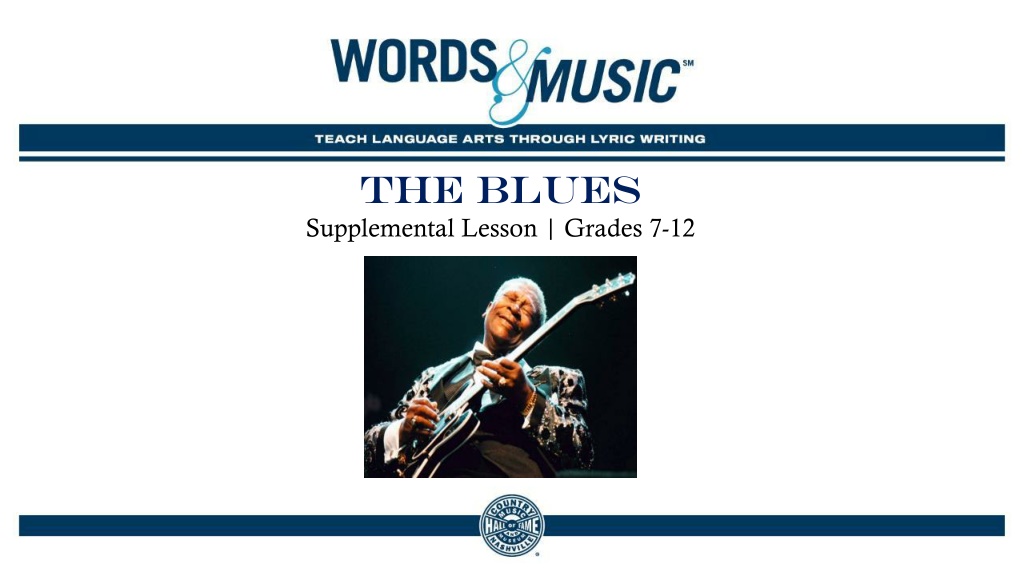

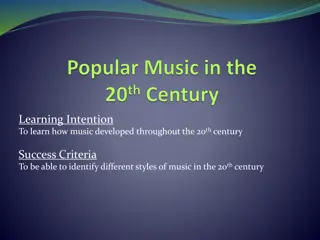
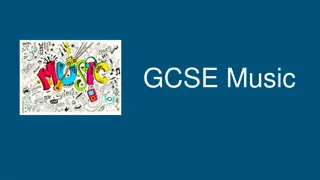

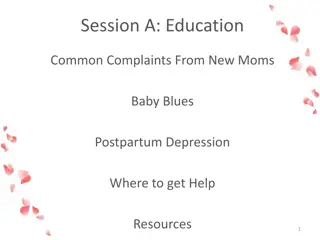

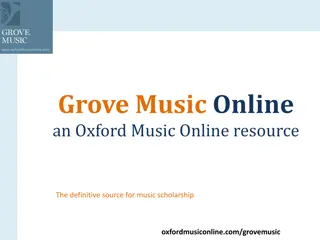
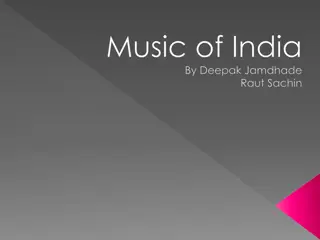
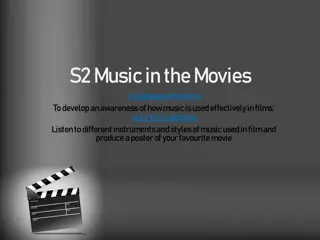
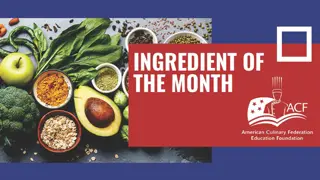
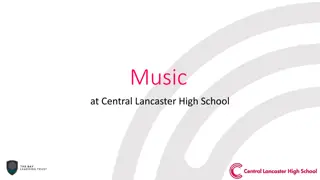
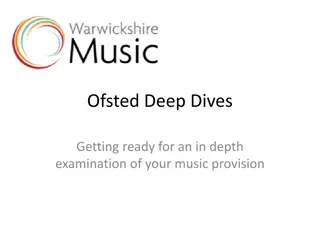

![Explore the Exciting World of Live Music Through [Insert Town/City] Census!](/thumb/148894/explore-the-exciting-world-of-live-music-through-insert-town-city-census.jpg)
